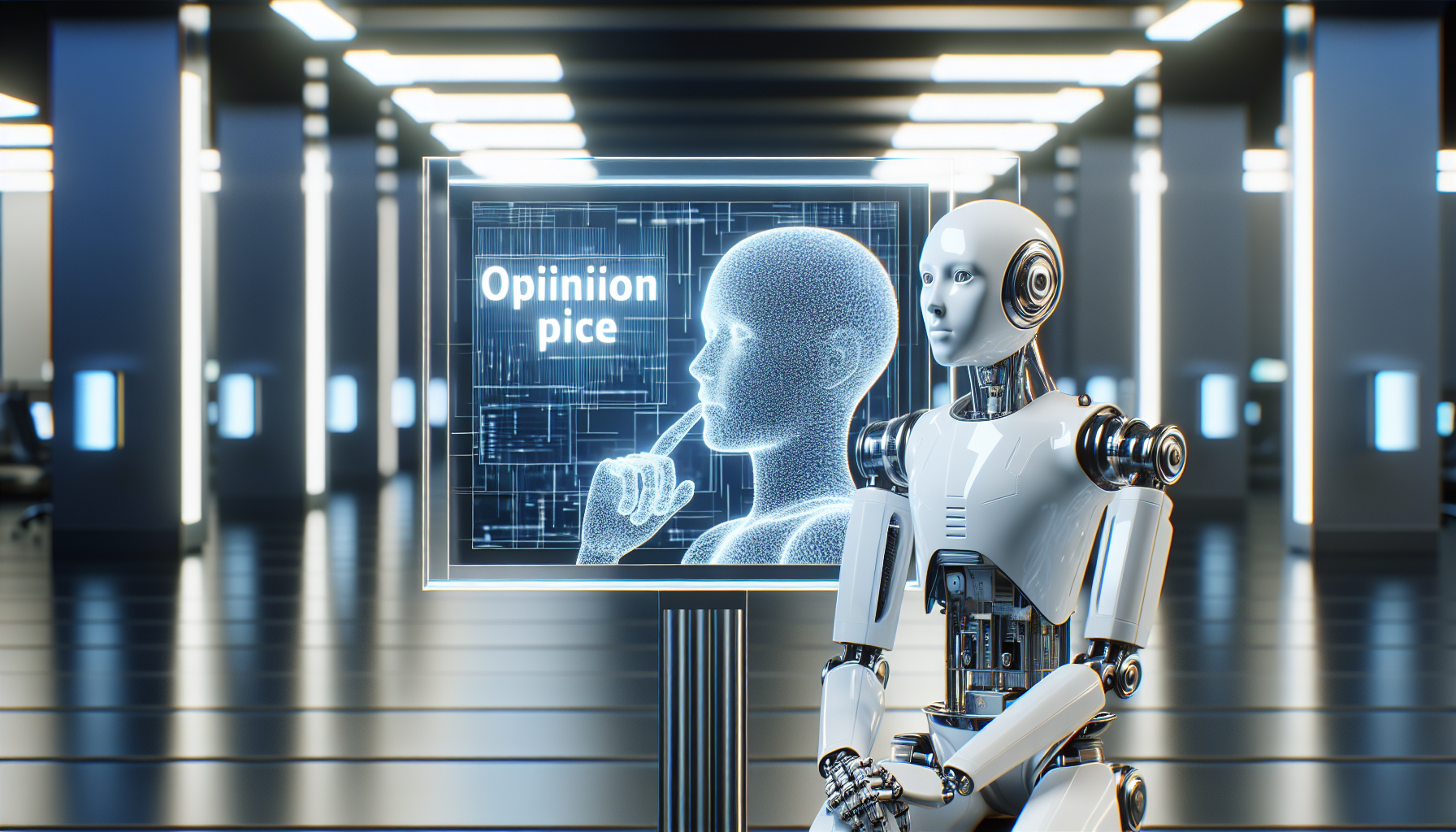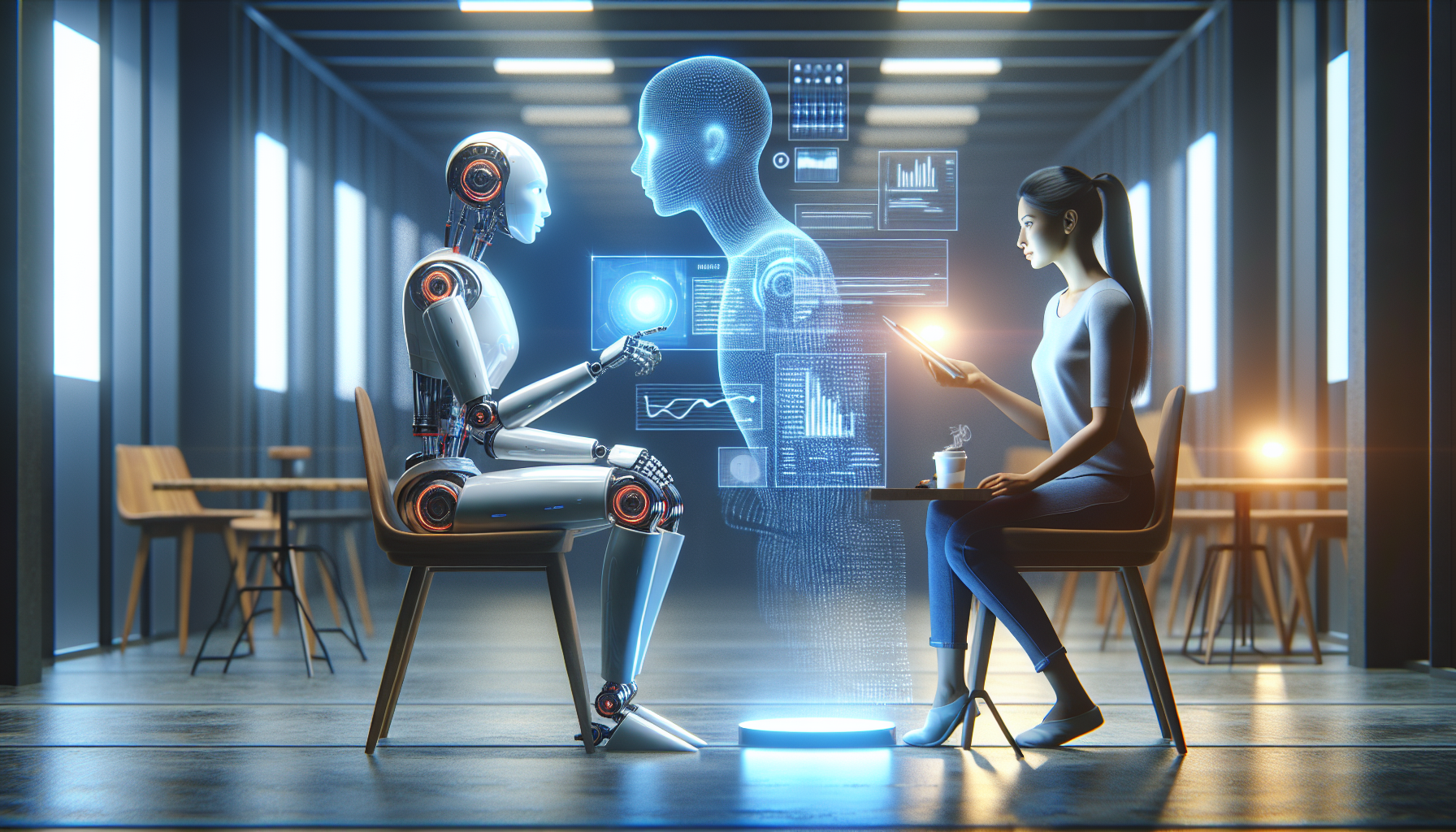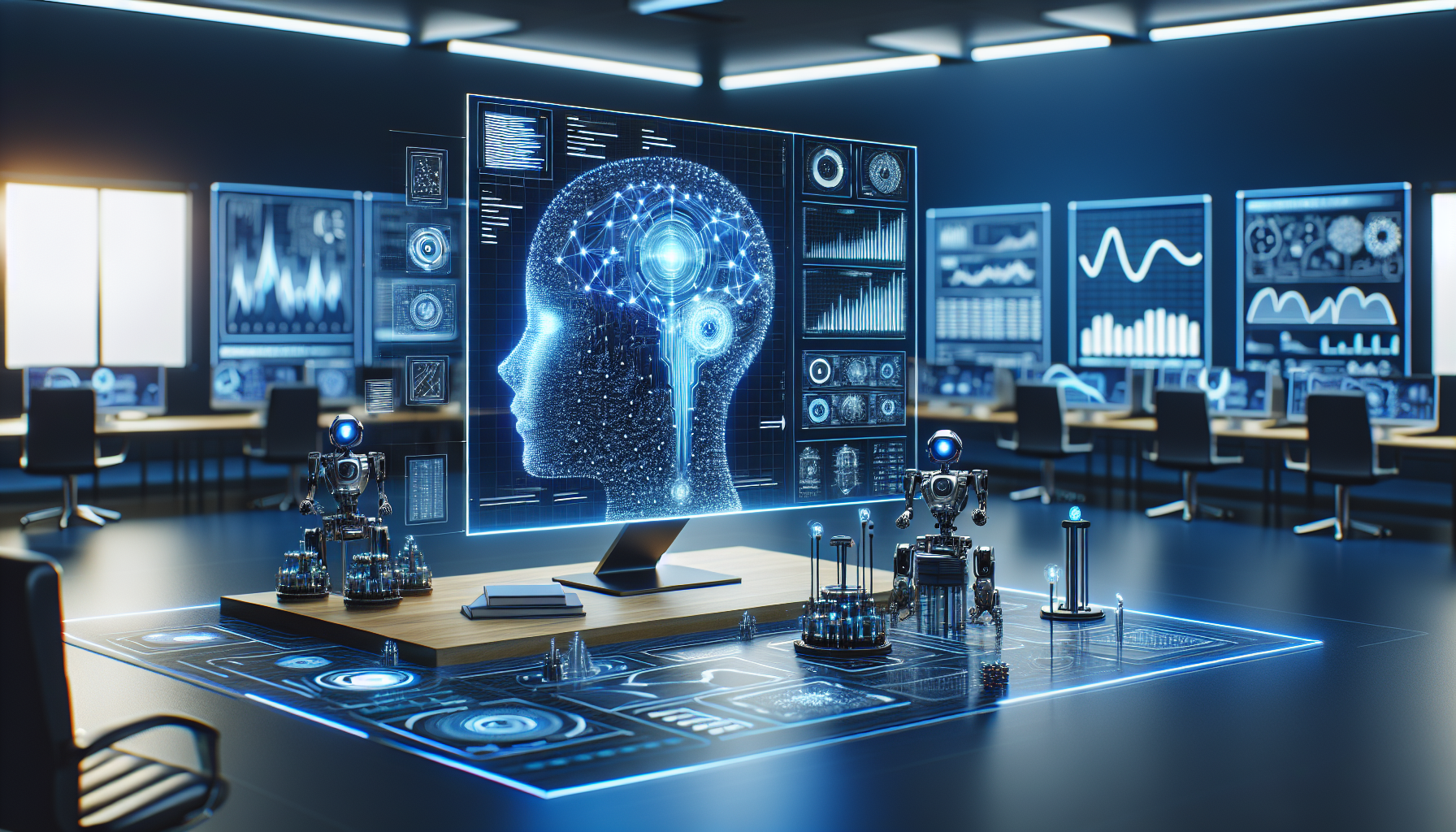
Machine Learning vs. Deep Learning: A Journey of Innovation and Inspiration
November 20, 2025
The quiet hum of computers whirring at the innovation lab of a renowned tech company seems unremarkable to the casual observer. But within these walls, a revolution is quietly unfolding, challenging the boundaries of what's possible in artificial intelligence. This is where the paths of machine learning and deep learning diverge, each offering unique capabilities, yet often misunderstood in their nuances. To grasp the essence of their differences, let's journey through a compelling case study that illuminates the power of both.
Meet Aria, a cutting-edge environmental tech startup with a mission to combat climate change. Their vision is audacious: using AI to predict and mitigate environmental disasters before they occur. At the heart of their strategy lies a sophisticated AI model that harnesses both machine learning and deep learning, each contributing uniquely to this ambitious goal.
Machine learning, as Aria initially deployed it, was akin to teaching a child to recognize patterns. It involved feeding algorithms vast amounts of environmental data—temperature, humidity, wind patterns—and training them to predict conditions ripe for natural disasters. This process, known as supervised learning, was effective for handling structured data and making sense of historical trends. The machine learning models could predict, with reasonable accuracy, the likelihood of events such as hurricanes or floods based on patterns observed over decades.
Yet Aria faced a challenge. The complexity of environmental systems meant that traditional machine learning, while powerful, sometimes struggled with the intricate and unstructured data arising from satellite images and real-time sensor feeds. This is where deep learning, a subset of machine learning, emerged as a beacon of hope.
Deep learning operates on a different paradigm, inspired by the neural networks of the human brain. With its ability to process vast amounts of unstructured data through multiple layers of artificial neurons, deep learning models excel at identifying patterns that are often invisible to human analysts. In Aria's case, deep learning allowed the team to harness the power of convolutional neural networks (CNNs) to analyze satellite imagery, recognizing subtle changes in the Earth's surface that might indicate the onset of a natural disaster.
The transformative moment for Aria came when they integrated these deep learning insights with their existing machine learning models. By leveraging the strengths of both approaches, they developed a hybrid system that could not only predict disasters more accurately but also offer insights into potential preventative measures. This synthesis of machine learning's structured data analysis with deep learning's prowess in unstructured data processing was nothing short of revolutionary.
The impact was immediate and profound. In one instance, Aria's AI model predicted a flash flood in a remote region weeks before traditional methods would have detected the threat. This early warning allowed local authorities to implement preventive measures, potentially saving countless lives and minimizing damage. It was a testament to the inspirational power of combining machine learning and deep learning in pursuit of a noble goal.
Through Aria's story, we uncover the essence of machine learning and deep learning: distinct yet complementary forces within the AI landscape. Machine learning's ability to handle structured data efficiently enables it to serve as the backbone for many predictive applications. In contrast, deep learning's strength lies in its capacity to navigate the complexities of unstructured data, making it indispensable for tasks requiring high-level abstraction and pattern recognition.
The case of Aria serves as a reminder that the journey of innovation often involves navigating uncharted territories, embracing both the known and the unknown. It challenges us to think beyond conventional boundaries, to harness the full spectrum of AI technologies in ways that drive meaningful change.
As we stand on the cusp of an AI-driven future, one cannot help but wonder: What other groundbreaking opportunities await discovery at the crossroads of machine learning and deep learning? How might these technologies continue to inspire and transform our world in ways we have yet to imagine? The answers lie in our collective willingness to dream big, innovate boldly, and embrace the endless possibilities that lie ahead.


